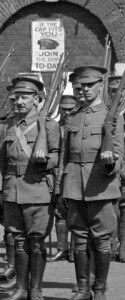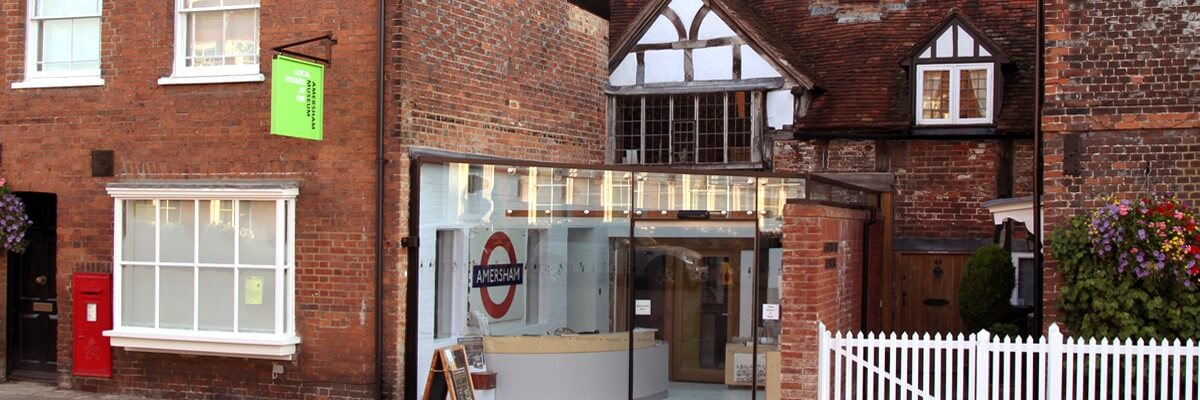
 Before the passing of the Military Act in 1916, which introduced conscription, men volunteered for service and recruitment drives and meetings by individual regiments were held throughout the country. We believe this meeting took place on 7th September 1914, led by the King’s Royal Rifle Corps, a regiment based in Winchester, but with battalions formed across the south of England. There was another big drive in 1915, for the Oxford & Buckinghamshire Light Infantry.
Before the passing of the Military Act in 1916, which introduced conscription, men volunteered for service and recruitment drives and meetings by individual regiments were held throughout the country. We believe this meeting took place on 7th September 1914, led by the King’s Royal Rifle Corps, a regiment based in Winchester, but with battalions formed across the south of England. There was another big drive in 1915, for the Oxford & Buckinghamshire Light Infantry.

The meeting was arranged by Ronald Grist, a local bank manager, who later served and was killed. The meeting was led by a parade of the National Reserve, Special Constables and Boy Scouts, headed by a band of pipers, starting from the railway station, and with the fire brigade and engine joining in, they proceeded to Little Shardeloes to be met by the Amersham Band who played marches and patriotic music. There were speeches, and it was reported that 55 men had volunteered their services.

In March 1916 the Military Service Act came into force, introducing conscription for all single men aged 18 to 41 (with some exceptions). A subsequent Act in May extended conscription to married men and in 1918 the age limit was increased to 51.
Men or their employers could object to their call-up, by appealing to a Military Tribunal. The Bucks Examiner contained numerous reports about such appeals. Some men objected to killing another man on moral or religious grounds; these conscientious objectors were sometimes put into a non-combative role. In March 1916 Henry Coleman, a bootmaker’s son, was allowed to join the Royal Army Medical Corps because he refused to take another man’s life.

